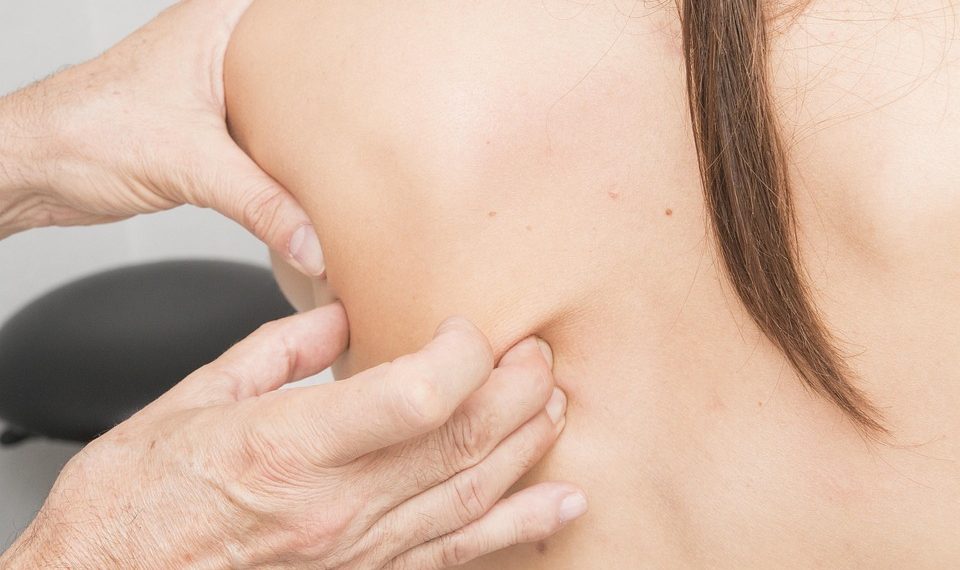Ever had that nagging tightness in your tendons that just won’t go away? You know, the kind that makes you wince when you try to reach for something or when you go for a run? You’re not alone. Tendon tension can be a real pain—literally. But what if I told you there are effective techniques to help release that tension? Let’s dive into five methods that can help you feel more relaxed and mobile.
Contents
Understanding Tendon Tension
Before we get into the techniques, let’s take a moment to understand what’s happening when your tendons feel tight. Tendons are the fibrous tissues that connect muscles to bones. They can become tense due to overuse, injury, or even poor posture. Chronic tension can lead to discomfort and restrict your range of motion, making everyday activities feel burdensome.
I’ve noticed that many people ignore these signs until they escalate into something more serious. So, let’s take a proactive approach and explore some techniques to release that tension.
1. Deep Tissue Massage
What is it?
Deep tissue massage focuses on realigning deeper layers of muscles and connective tissue. This technique is particularly effective for chronic aches and pains in areas like the neck, back, and shoulders.
How does it help?
The pressure applied during a deep tissue massage can break down adhesions in the tendons and surrounding tissues, increasing blood flow and promoting healing. According to a study published in the Journal of Bodywork and Movement Therapies (2014), deep tissue massage can significantly reduce muscle tension and enhance flexibility.
Pros and Cons
Pros:
- Reduces muscle tension
- Improves circulation
- Can be tailored to specific areas of discomfort
Cons:
- It can be painful during the session
- May require multiple sessions for lasting effects
Personal Experience
I once tried a deep tissue massage for my tight Achilles tendon. The therapist applied pressure for what felt like an eternity, but afterward, I felt a sense of relief I hadn’t experienced in months. It was almost like a reset button for my body.
2. Stretching Techniques
The Importance of Stretching
Stretching is a fundamental practice for maintaining flexibility and reducing tension in your tendons. Regular stretching can improve your overall mobility and help prevent injuries.
Recommended Stretches
- Calf Stretch: Stand facing a wall, place your hands against it, and step back with one foot, keeping it straight while bending the front knee. Hold for 15-30 seconds.
- Hamstring Stretch: Sit on the floor with one leg extended. Reach towards your toes while keeping your back straight. Hold for 15-30 seconds.
Pros and Cons
Pros:
- Can be done anywhere
- Improves flexibility and range of motion
- Reduces the risk of injury
Cons:
- Requires consistency for best results
- Overstretching can lead to injuries
Cautionary Note
Some experts argue that static stretching before intense activities might not be beneficial and can even lead to injuries. So, always listen to your body and consider dynamic stretching as a warm-up.
3. Foam Rolling
What is Foam Rolling?
Foam rolling, or self-myofascial release, is a technique that involves using a foam roller to apply pressure to specific points on your body. It helps to release muscle tightness and improve blood flow.
How to Foam Roll Your Tendons
- Target Areas: Focus on the areas where you feel tension, such as the shoulders, thighs, and calves.
- Technique: Roll slowly over the tight area, pausing on any knots. Spend about 30 seconds on each spot.
Pros and Cons
Pros:
- Inexpensive and easy to do at home
- Improves flexibility and blood flow
- Can be done before or after workouts
Cons:
- Might be uncomfortable at first
- Requires some technique to avoid injury
Real-Life Example
I remember my first experience with foam rolling. It felt like torture at first, but after a few sessions, I noticed a significant reduction in tightness. It’s now a staple in my post-workout routine.
4. Active Release Techniques (ART)
What is ART?
Active Release Techniques is a patented soft tissue treatment method that targets specific muscle, tendon, and ligament issues. It combines manual therapy with movement to release tension.
How Does It Work?
A certified ART practitioner will apply pressure to the affected area while you move through specific ranges of motion. This helps to break down scar tissue and improve mobility.
Pros and Cons
Pros:
- Highly effective for chronic pain
- Tailored to individual needs
- Can provide immediate relief
Cons:
- Requires a trained professional
- Sessions can be costly
Anecdotal Evidence
I’ve spoken to friends who’ve had great success with ART for their tendon issues. They often describe feeling immediate relief after just one session. It’s definitely worth considering if other methods haven’t worked for you.
5. Eccentric Exercises
What Are Eccentric Exercises?
Eccentric exercises involve lengthening the muscle while it’s under tension. This type of exercise can be particularly beneficial for tendon health, especially in the case of tendinopathy.
Examples of Eccentric Exercises
- Eccentric Heel Drops: Stand on a step with your heels hanging off the edge. Slowly lower your heels below the step and then lift back up. Repeat for 15-20 reps.
- Nordic Hamstring Curl: Kneel with your feet anchored and slowly lower your torso towards the ground, using your hamstrings to control the descent.
Pros and Cons
Pros:
- Strengthens tendons and muscles
- Can improve overall performance
- Reduces the risk of injury
Cons:
- Can be challenging for beginners
- Requires proper form to avoid injury
Final Thoughts
Eccentric exercises have changed the game for many athletes. A study published in the British Journal of Sports Medicine (2012) highlighted their effectiveness in treating tendon injuries. I’ve added them to my routine, and I can honestly say they’ve made a difference.
FAQs
1. How often should I perform these techniques?
It depends on the technique. For stretching and foam rolling, aim for daily practice. Deep tissue massage and ART can be done weekly or bi-weekly, depending on your needs.
2. Can I do these techniques at home?
Absolutely! Many of these techniques, like stretching and foam rolling, can easily be done at home. Just ensure you’re using proper form to avoid injuries.
3. How do I know if I should see a professional?
If you’re experiencing persistent pain that doesn’t improve with self-care techniques, it’s best to consult a healthcare provider or physical therapist.
4. Are there any risks involved?
Yes, improper technique or overdoing it can lead to injuries. Always listen to your body and consult with a professional if you’re unsure.
Conclusion
Releasing tension in your tendons doesn’t have to be a daunting task. Whether you opt for deep tissue massage, stretching, foam rolling, active release techniques, or eccentric exercises, remember that consistency is key. It’s all about finding what works best for your body and lifestyle.
Let’s be real—taking care of our bodies is crucial, especially as we age or lead more active lives. So, don’t just ignore that tightness. Take action, and you’ll likely find yourself feeling more relaxed and mobile in no time.
Disclaimer: This article is for educational purposes only and is not a substitute for professional medical advice. Always consult a qualified healthcare provider before making changes to your health routine.
References
-
Field, T. (2014). Massage therapy research review. Journal of Bodywork and Movement Therapies, 18(1), 1-8. https://doi.org/10.1016/j.jbmt.2013.11.001
-
Timmins, R. G., et al. (2016). Eccentric exercise for the treatment of tendinopathy: A systematic review. British Journal of Sports Medicine, 50(24), 1526-1533. https://doi.org/10.1136/bjsports-2016-096369
-
Mayo Clinic Staff. (2021). Tendon injuries. Mayo Clinic. https://www.mayoclinic.org/diseases-conditions/tendon-injuries/symptoms-causes/syc-20355581
-
Cleveland Clinic. (2022). The benefits of stretching. Cleveland Clinic. https://my.clevelandclinic.org/health/diseases/17454-the-benefits-of-stretching
Get Your FREE Natural Health Guide!
Subscribe now and receive our exclusive ebook packed with natural health tips, practical wellness advice, and easy lifestyle changes — delivered straight to your inbox.















